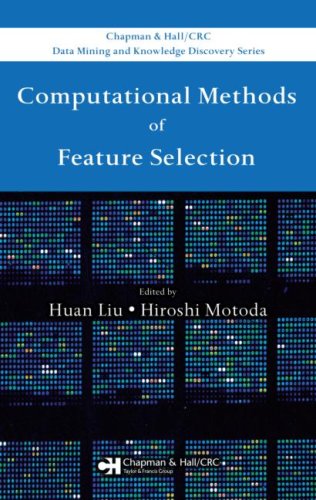

Most ebook files are in PDF format, so you can easily read them using various software such as Foxit Reader or directly on the Google Chrome browser.
Some ebook files are released by publishers in other formats such as .awz, .mobi, .epub, .fb2, etc. You may need to install specific software to read these formats on mobile/PC, such as Calibre.
Please read the tutorial at this link: https://ebookbell.com/faq
We offer FREE conversion to the popular formats you request; however, this may take some time. Therefore, right after payment, please email us, and we will try to provide the service as quickly as possible.
For some exceptional file formats or broken links (if any), please refrain from opening any disputes. Instead, email us first, and we will try to assist within a maximum of 6 hours.
EbookBell Team

0.0
0 reviewsThe book begins by exploring unsupervised, randomized, and causal feature selection. It then reports on some recent results of empowering feature selection, including active feature selection, decision-border estimate, the use of ensembles with independent probes, and incremental feature selection. This is followed by discussions of weighting and local methods, such as the ReliefF family, k -means clustering, local feature relevance, and a new interpretation of Relief. The book subsequently covers text classification, a new feature selection score, and both constraint-guided and aggressive feature selection. The final section examines applications of feature selection in bioinformatics, including feature construction as well as redundancy-, ensemble-, and penalty-based feature selection.
Through a clear, concise, and coherent presentation of topics, this volume systematically covers the key concepts, underlying principles, and inventive applications of feature selection, illustrating how this powerful tool can efficiently harness massive, high-dimensional data and turn it into valuable, reliable information.